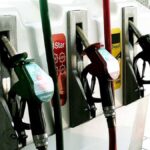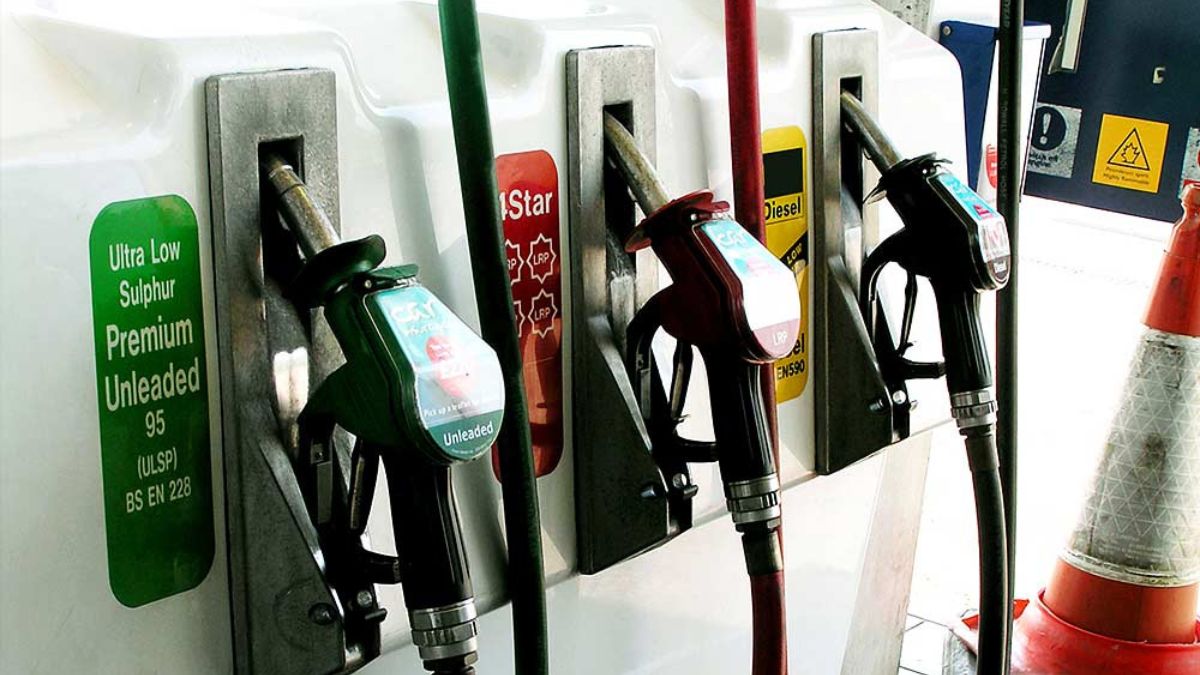The lines between traditional retail and fuel stations continue to blur as major retailers recognize the lucrative opportunities in the gasoline market. From grocery giants like Kroger and Costco to big-box retailers such as Walmart, companies are strategically adding fuel pumps to their business models. This shift represents more than just diversification—it’s a calculated move to capture additional revenue streams while enhancing customer loyalty.
Understanding why retailers are making this transition can provide valuable insights for business owners, investors, and consumers alike. The fuel retail landscape is experiencing unprecedented changes, driven by evolving consumer expectations, competitive pressures, and the promise of significant profit margins.
The Financial Appeal of Fuel Retail
Higher Profit Margins Than Traditional Retail
Fuel sales offer retailers attractive profit margins that often exceed those found in traditional merchandise. While grocery stores typically operate on razor-thin margins of 1-3%, fuel stations can achieve gross margins of 10-15% or higher, depending on market conditions and location.
The consistent demand for gasoline creates a stable revenue stream that complements seasonal fluctuations in retail sales. During economic downturns when consumers might reduce discretionary spending on clothing or electronics, they still need to fill their gas tanks for essential transportation.
Increased Transaction Frequency
Adding fuel stations significantly increases the frequency of customer visits. The average consumer purchases gasoline every 7-10 days, compared to weekly or bi-weekly shopping trips for groceries or household items. This increased foot traffic creates multiple opportunities for cross-selling and impulse purchases.
Retailers have discovered that customers who stop for gas often make additional purchases in the main store, boosting overall transaction values and strengthening customer relationships.
Strategic Advantages for Retailers
Customer Loyalty and Convenience
Modern consumers prioritize convenience above almost everything else. Retailers offering fuel services can position themselves as one-stop destinations where customers can fill their gas tanks, purchase groceries, grab a quick meal, and handle various errands in a single trip.
This convenience factor translates directly into customer loyalty. When shoppers can complete multiple tasks at one location, they’re less likely to visit competitors, creating a competitive moat around the retailer’s core business.
Data Collection and Analytics
Fuel purchases generate valuable customer data that retailers can leverage for targeted marketing campaigns and inventory optimization. Credit card transactions at the pump provide insights into customer behavior patterns, frequency of visits, and spending habits across different product categories.
This data becomes particularly powerful when combined with loyalty program information, allowing retailers to create personalized offers and promotions that drive both fuel and merchandise sales.
Market Dynamics Driving the Trend
Competition with Traditional Gas Stations
Traditional gas stations face increasing pressure from retailer-owned fuel stations that can offer competitive pricing due to their diverse revenue streams. While independent gas stations rely primarily on fuel sales and convenience store items, major retailers can use fuel as a loss leader to attract customers to their higher-margin products.
This competitive advantage allows retailers to offer lower fuel prices while maintaining profitability through increased sales in other departments. The strategy effectively transforms fuel from a primary profit center into a customer acquisition tool.
Real Estate Optimization
Many retailers possess large parking lots and prime real estate locations that can accommodate fuel infrastructure without significant additional land acquisition costs. Adding fuel pumps represents an efficient use of existing space that can generate substantial additional revenue per square foot.
The strategic placement of fuel stations also creates natural traffic flow patterns that guide customers toward store entrances, increasing the likelihood of additional purchases.
Operational Considerations and Challenges
Infrastructure Investment Requirements
Entering the fuel business requires significant upfront capital investment for tanks, pumps, safety systems, and regulatory compliance infrastructure. Environmental regulations mandate sophisticated monitoring systems to prevent soil contamination, while safety requirements necessitate specialized equipment and training for employees.
Despite these initial costs, the long-term revenue potential often justifies the investment, particularly for retailers with high-traffic locations and established customer bases.
Regulatory Compliance and Safety
Fuel retail involves complex regulatory requirements at federal, state, and local levels. Retailers must navigate environmental protection standards, safety protocols, zoning restrictions, and licensing requirements that vary significantly by jurisdiction.
Successful fuel retail operations require ongoing compliance monitoring, regular equipment maintenance, and specialized insurance coverage to protect against environmental liabilities.
Supply Chain Management
Managing fuel inventory presents unique challenges compared to traditional retail merchandise. Gasoline prices fluctuate daily based on crude oil costs, refinery capacity, and market conditions, requiring sophisticated pricing strategies and inventory management systems.
Retailers must establish relationships with fuel suppliers, coordinate delivery schedules, and maintain adequate storage capacity while minimizing exposure to price volatility.
Technology Integration and Innovation
Mobile Payment and Loyalty Programs
Retailers entering the fuel market often leverage existing technology infrastructure to create seamless customer experiences. Mobile apps that integrate fuel payments with loyalty programs can offer personalized discounts, location-based promotions, and streamlined checkout processes.
These technological advantages help differentiate retailer-owned these stations from traditional competitors while collecting valuable customer data for future marketing initiatives.
Futureproofing for Electric Vehicles
Forward-thinking retailers are incorporating electric vehicle charging stations alongside traditional fuel pumps to prepare for the automotive industry’s transition toward electrification. This dual approach ensures continued relevance as consumer preferences evolve and government policies increasingly favor electric vehicles.
Early adoption of EV charging infrastructure can establish competitive advantages and attract environmentally conscious consumers while traditional gas stations struggle to adapt.
The Road Ahead for Retail Fuel Operations
The trend of retailers entering the fuel business shows no signs of slowing down. As competition intensifies and consumer expectations continue evolving, successful retailers will be those who can seamlessly integrate these services with their core business operations while maintaining competitive pricing and superior customer experiences.
The most successful retail fuel operations will likely be those that view gasoline not as a standalone profit center, but as a strategic component of a comprehensive customer retention and revenue optimization strategy. By leveraging their existing advantages in customer relationships, technology infrastructure, and operational scale, retailers can build sustainable competitive advantages in the fuel market while strengthening their core business operations.
For consumers, this trend promises increased convenience, competitive pricing, and enhanced shopping experiences as retailers compete for their loyalty across multiple product categories.











